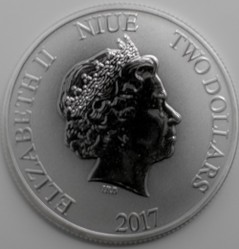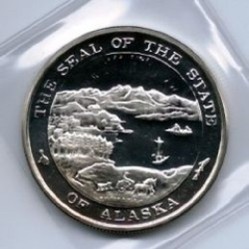What is the silver content in a silver coin? Well, that varies. The term silver coin does not pertain to any particular purity of the silver in a coin. But some purities are more common than others. And, for each coin the purity of the silver is specified by the mint that produced the coin.
When considering the coin, it is important to be very specific. In some cases, the silver content has changed over time. For such coins one must know both the kind of coin and the year. A typical case of this happening is the Canadian silver dollar.
























 UAPs, Formerly UFOs, If They Are Real How Can We Explain Their Arrival to Earth?8 days ago
UAPs, Formerly UFOs, If They Are Real How Can We Explain Their Arrival to Earth?8 days ago
 Polar Coordinate System10 days ago
Polar Coordinate System10 days ago
 Aurora Can Disrupt Electrical Devices And Even the Grid?12 days ago
Aurora Can Disrupt Electrical Devices And Even the Grid?12 days ago
 Overcoming Difficulties Encountered with Mathematics12 days ago
Overcoming Difficulties Encountered with Mathematics12 days ago



Comments
Older coins with less silver can still have a value, especially if it is a rare coin. Coin value is a function of many things.
ancient coins have inconsistent purity, due to the methods of refining gold and silver.
blackspanielgallery, Thank you for the practicalities and products. Are the older coins with lower silver content, such as the Canadian silver dollars at 80 percent and U.S. silver half dollars at 40 percent, deemed competitively collectible? Or would their lower silver content, despite their age, make them less desirable than a contemporaneous or more recent minting at a higher percent?
I wonder how pure ancient gold and silver coins would be? Ancient or not, gold and silver have always fascinated mankind. Humans have stored gold and silver because they have resale value. Silver coins may fare better than silver if they are collectible. An interesting article that tells about the history of silver used in silver coins.